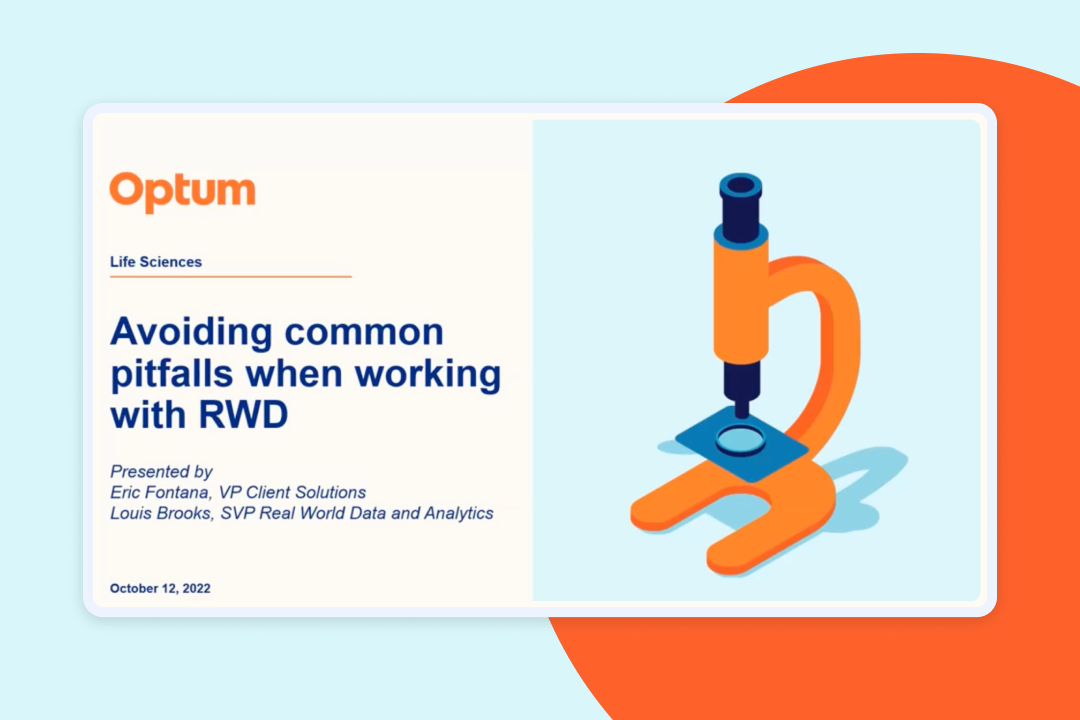Pitfall 1: Not using data that are fit for purpose
As we look at effective ways to approach data, the first common pitfall we’ve identified is not using data sets that are fit for purpose. Similar to the old saying, "wrong tool for the job," you might be able to use some of the data you have, but your results won’t be as impactful or efficient as if you’d employed the right tool from the beginning.
The first sign of a potential fit-for-purpose problem: When someone claims that their real-world data may have surprised them, which can happen for many reasons:
- The population in the data set may be wrong or incomplete.
- The outcome of interest may not be captured in the data at hand.
- The question could have been answered more comprehensively using clinical or integrated data, rather than claims data alone.
- The cost information is absent when using EHR or registry data.
Too often, data users perceive this to be a data quality issue when, in fact, they’re just using the wrong data to answer the question at hand. Even when you’re starting with the right RWD research question, it’s critical to ask the corresponding data question up front: Does this asset provide us with the data we need to answer the question(s) we’re asking, or to confirm the hypothesis we’re testing?
Recommendations that ensure RWD fitness for purpose
- Understand the composition of the data asset and whether the elements within it enhance or limit the ability to address your central question. Ask yourself, what key data elements are necessary to answer the underlying business questions? Then, build a rubric that includes the specific clinical measures, biomarkers, lab results or financial metrics that are required to answer those questions. As you compare your available data sources, you may need to make trade-offs based on what data are captured or the available patient counts in each attribute.
- Distinguish between the must-haves and the nice-to-haves. In parallel, ensure your key stakeholders are aligned with any gaps in the data before you proceed.
- Evaluate in advance. Distinguish between the elements that are essential to addressing research questions versus the overall depth and breadth of the data, both from a patient and care pathway perspective.






